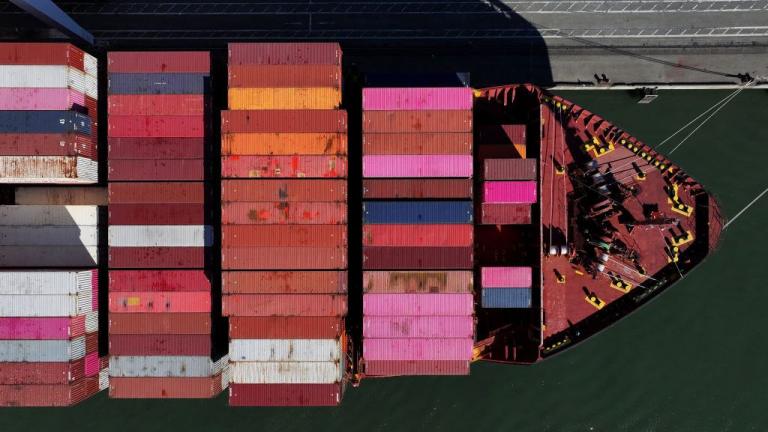Co-written by Justin Guay of the Sierra Club International Program.
That’s the question we have been asking the U.S. government over and over, after discovering their steadfast support for plans to build an extremely expensive, extremely dirty coal plant in Kosovo. We first sounded the alarm over this project months ago, and despite essentially admitting that our concerns are valid, the State Dept. and the World Bank are recklessly pushing forward a plan to leave the tiny country saddled with a heavily polluting new coal plant, along with unsustainable levels of debt, at a time when the EU’s debt crisis threatens the global economy.
So how do we know the project is so bad? We commissioned expert analysis from a former chief Environmental Protection Agency (EPA) enforcement officer who found glaring flaws (check out our initial analysis here [PDF]) in the project design.
First and foremost, he found that the plant will likely cost two to three times what project proponents claim. These costs would be borne by a country struggling to rebuild after years of war, and would take the form of foreign debt that will have to be repaid by raising rates on average citizens. This is eerily similar to what happened with the World Bank’s last coal loan to Eskom, and has led the nation’s leading nightly news program to ask probing questions about a “European Eskom.”
Even worse, he found that Kosovo doesn’t even need the power — they simply don’t have enough baseload demand to justify such a large power project. In fact, the project would lead to a generating capacity that is three times higher than existing demand and four times higher when corrected for avoidable losses. This means Kosovo consumers (or the government) would have to service over a billion euro in debt at a time instead of investing in what Kosovo does need — an upgrade of its leaky electricity grid (an ancient relic left over from the Soviet era that loses up to 40 percent of its supplies) and new forms of peak power (juice to power the lights when people wake up and when they come home from work). Reducing the losses from this leaky bucket, combined with job-creating energy efficiency programs, completely eliminates the need for a dirty, expensive new coal plant.
So how did State Dept. and the World Bank respond? Just months after we sent them our findings, the World Bank released a new report [PDF] that supported our conclusions: A new coal plant will cost twice as much as they first estimated, and the country does indeed have significant clean energy potential. But their central conclusion remained unchanged: Kosovo simply must have an expensive, unneeded, dirty new coal plant (you can see our rebuttal reaffirming that Kosovo doesn’t need a new coal plant here [PDF]).
Given this response, it is clear that exploring alternative energy options that don’t threaten people’s health, raise their rates, or threaten unsustainable levels of debt are simply not in the cards at the State Dept. or the World Bank. As a result the country has become an epicenter of a struggle between local communities and powerful international players over the future direction of their young country. Our members are standing firm with the citizens of Kosovo demanding the State Dept. relinquish support for this dirty new coal plant.
This project would rob a young generation of Kosovo citizens of the clean, healthy future they deserve. Join us in telling the State Department: No coal in Kosovo.


